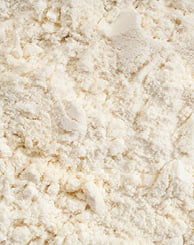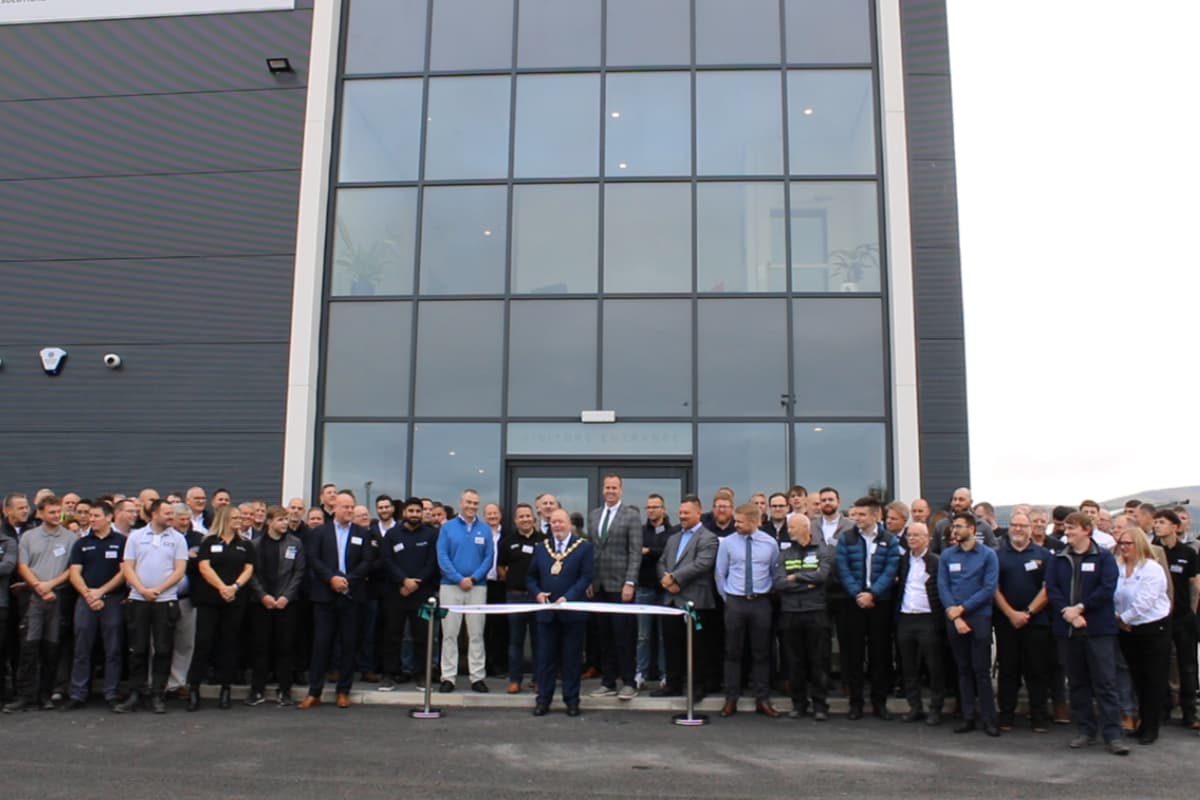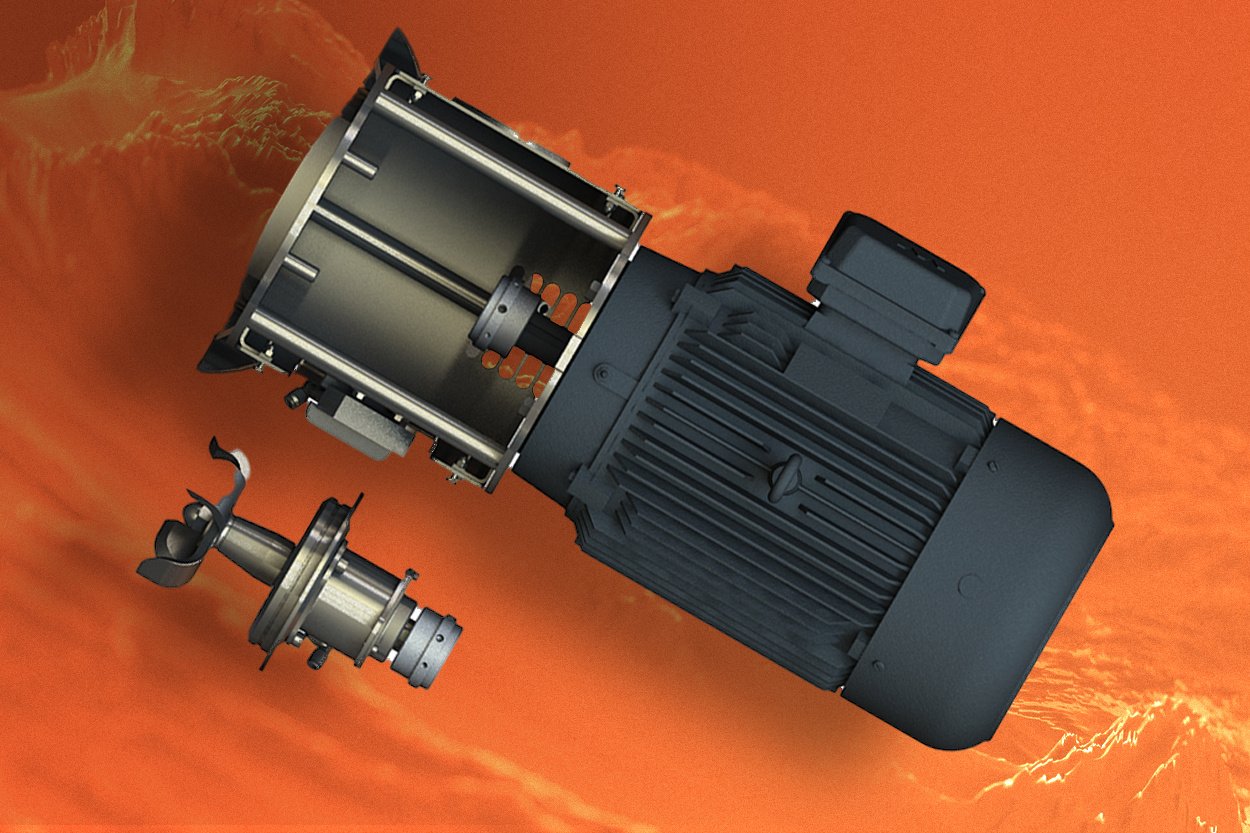While industrial microwave heating has been around for more than seventy years, it is in the last few decades where it has evolved as a serious contender in thermal processing applications. That’s due to the higher overall efficiency of microwave heating when compared to indirect heating methods.
One of the most interesting applications for microwave technology has been in the drying of heat-sensitive products. With direct heating, there is a lower incidence of material loss and overheating. Furthermore, advances in microwave heating, such as the combining of vacuum and agitation technology to create a fluidized bed of material, have produced results that were simply unattainable with previous thermal processing technologies.
Direct Energy
 Microwave technology provides a direct heat source focused at the molecular level in the materials being processed. In many applications, there is a fairly narrow band of temperature range for processing the material. Too low a temperature means that the chemical processes are not triggered. Too high a temperature and damage can ensue. In other words, a low temperature is as serious a problem as too high a temperature.
Microwave technology provides a direct heat source focused at the molecular level in the materials being processed. In many applications, there is a fairly narrow band of temperature range for processing the material. Too low a temperature means that the chemical processes are not triggered. Too high a temperature and damage can ensue. In other words, a low temperature is as serious a problem as too high a temperature.
Direct heating offers tremendous advantages when it comes to thermal processing, ensuring minimal loss of the thermal energy that typically occurs with indirect or transfer heat. And, direct heating allows for tight control of the temperature profile for material being heated, which enables it to deliver accurate results. In most cases, direct heating is more efficient due to the savings you realize with consistent output quality and elimination of wastage. On a per-wattage basis, the direct energy source of microwave generally saves companies time and money over air heating and other indirect methods.
Precise Control
The primary benefit of direct energy heating is instantaneous control of the thermal process. Microwave power can be adjusted moment by moment, so the energy can be increased, decreased or shut off on demand. This eliminates the need for time spent warming up or cooling down found in indirect thermal processing equipment. Temperature measurements are also monitored in the bed of material, not on the ambient temperature inside the heating drum. The result is a controlled heating environment that is very precise and allows for the programming of customized recipes for processes that require changes in operating temperature during the batch cycle.
Lowering the Boiling Point
Using vacuum technology is a well-known and well-documented approach in achieving breakthrough results allowing for thermal processing to occur at lower temperatures. Industrial microwaves in combination with vacuum technology can manipulate down the boiling point of materials for pharmaceuticals, nutritional supplements, food drying and many other applications. This is highly favorable when working with temperature-sensitive materials. The result is retention of chemical, nutritional and aromatic properties that were not feasible without this combination of technologies. When it comes to preserving the chemical qualities of sensitive materials, microwave technology has repeatedly given outstanding results that are not attainable with indirect heating.
Consistency in the Mix
 Key to most thermal processes is even temperature distribution throughout the product. Consistency allows for a high degree of repeatability from batch to batch. Different industrial microwave equipment suppliers take various approaches to this challenge, as the appropriate microwave technology tends to be application specific. For example, when working with friable materials and trying to minimize product degradation, a conveyor or oven approach may be most appropriate.
Key to most thermal processes is even temperature distribution throughout the product. Consistency allows for a high degree of repeatability from batch to batch. Different industrial microwave equipment suppliers take various approaches to this challenge, as the appropriate microwave technology tends to be application specific. For example, when working with friable materials and trying to minimize product degradation, a conveyor or oven approach may be most appropriate.
The most common approach for consistency of results is to incorporate mixing, or agitation of the materials, as they are being processed. Agitators are available in a wide variety of configurations, depending on the application. Materials that are viscous or sticky require different treatment than those that are delicate. Many microwave technologies do not include agitation, so when looking at specific vendors, it’s important to find out how they ensure quality results. The combination of microwave, vacuum and agitation is rare, however Marion Process Solutions provides the ideal thermal processing solution.
New Tech = New Possibilities
Microwave technology isn’t new, strictly speaking, however many of the current processes and cutting-edge applications have emerged in the past decade.
If your production line is dealing with heat-sensitive materials, or you’re generally unaware of the competitive advantage that microwave technology can deliver, reach out so we can show you. Find out more about industrial microwaves for thermal processing today with our thermal processing handbook.


 Key to most thermal processes is
Key to most thermal processes is 
